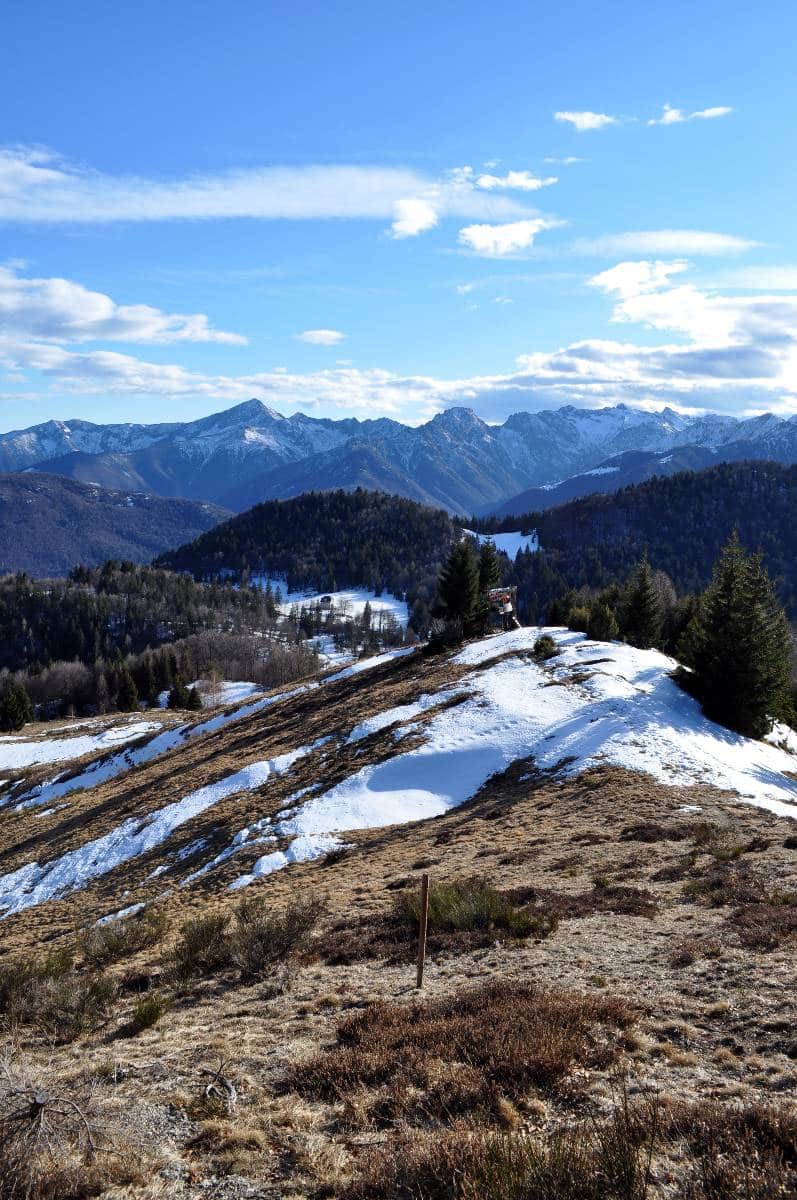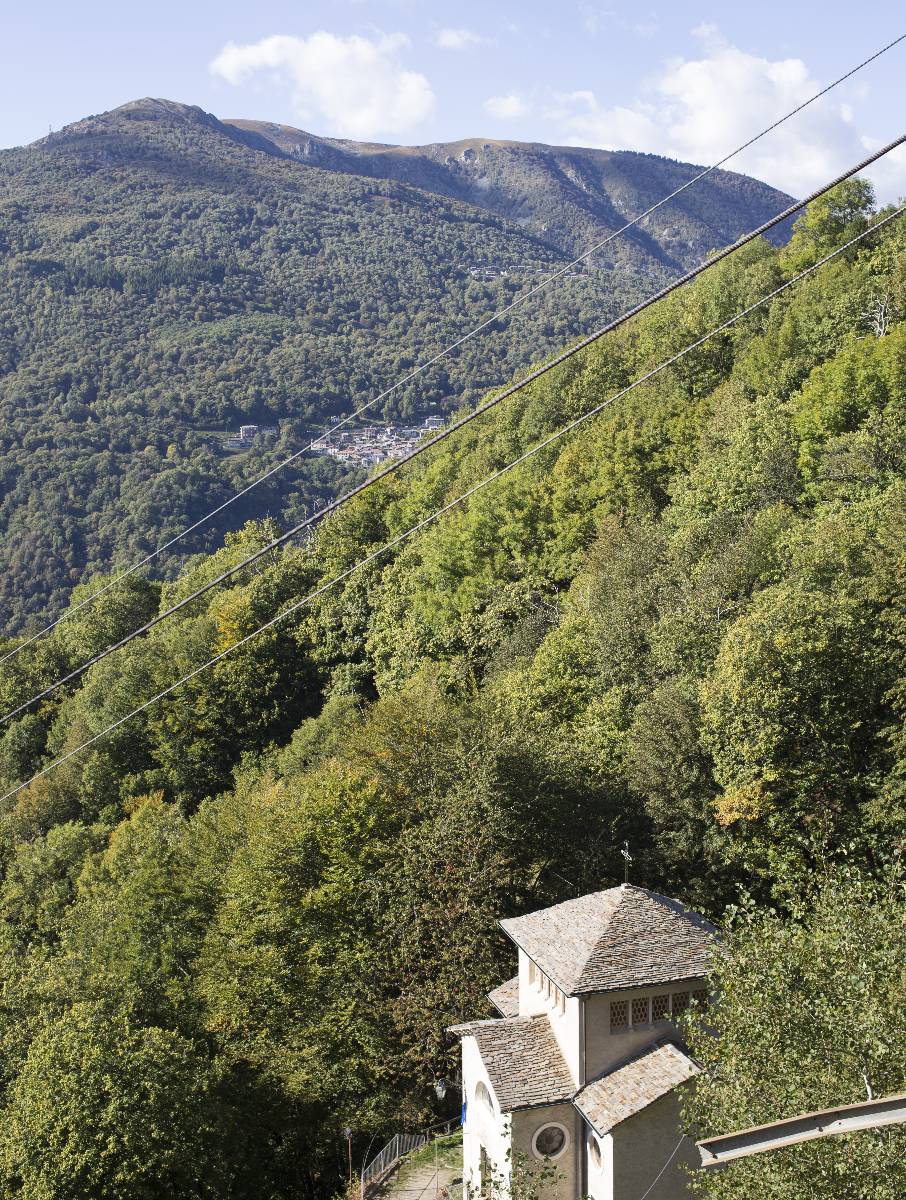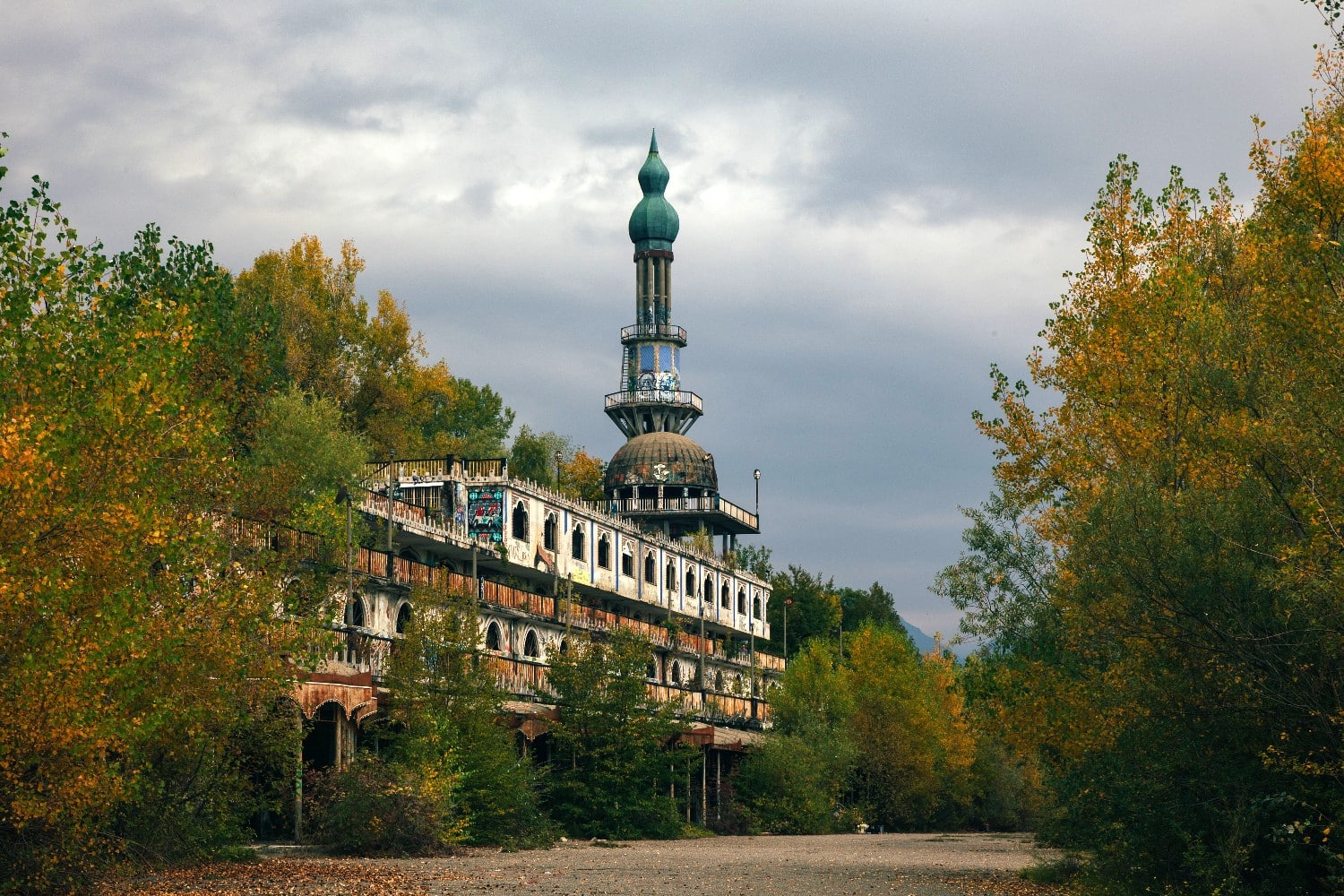The village of Monteviasco is reached not by a carriageable road but from the comfortable and panoramic cableway that leads from Ponte di Piero a Monteviasco in about 12 minutes, going up the valley of the torrent Viaschina, offering a view that spans the valley Veddasca and, in more limpid days up to the Lake Maggiore.
Across the road from Luino, you arrive to the village of Dumenza. Exceeded the fraction Two Cossani, along half coast the wooded slopes of monte Gradisea and after having passed the monument in remembrance of the pastoral visit of San Carlo Borromeo is arrives in Curiglia, municipal seat.
Monteviasco is perched on the side of the mountain, Characterized by rustic constructions in stone and roofed in beole. Alternatively, visitors can climb up to the village walk, addressing the approximately 1,400 steps of the mule track which at one time was the only way of access to the village. Interesting historical goal is the large boulder of Piero, near the village of Piero, near the torrent Jonah, showing numerous engravings of figures and symbols related to the pagan cult, then replaced with "flowering crosses" around the X-XI century. Some of the engravings of this boulder, compared with other located at a certain distance from the country, would leave date the first settlements in 2000 B.C.
Today Monteviasco is inhabited by a dozen people and consisting almost entirely buildings with dry walls, often equipped with 'broad brimmed hats'. Narrow paved alleys intersect between covered passages and tiny plazas and the entire village rotates around the great church dedicated to SS Martino and Barnabas. The typical architecture of the village is made up of houses in the Sassi, wooden balconies and roofs in piode. The valuable original flooring in Sasso (the so-called "powered" that characterizes the country remained intact for 200 years).
Certainly deserve a visit the Sanctuary of Tronchedo and the Sanctuary of the Madonna della Serta. Also interesting are the characteristic alpine pastures of Sarona and Alpone, along the itinerary on foot that leads to Monte Lema and Monte Tamaro, a time devoted to the transhumance of beasts and today fantastic oasis of peace and nature.




